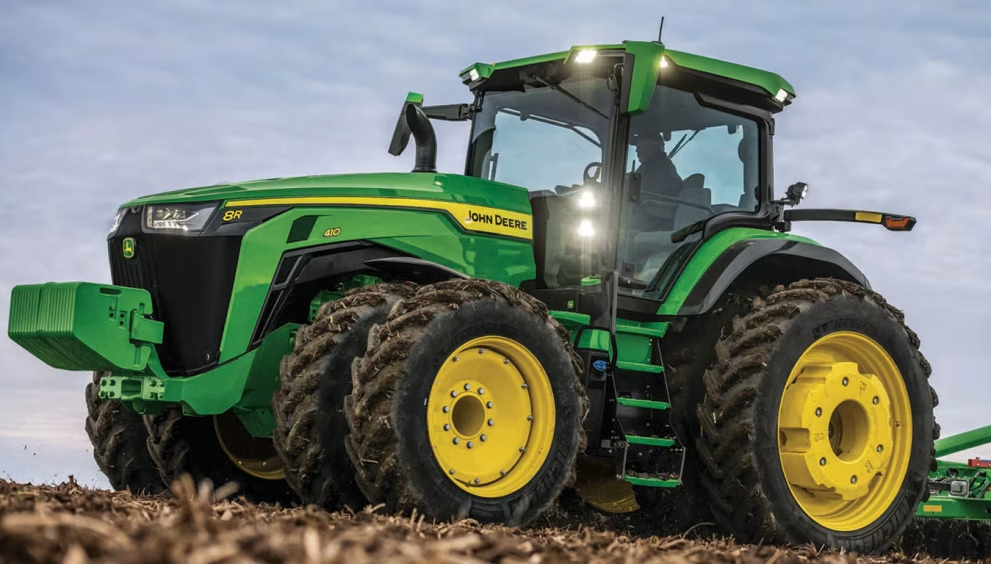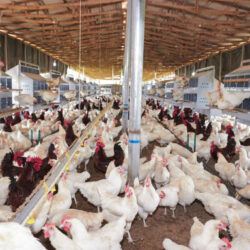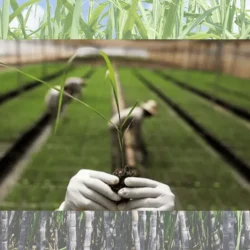Agricultural and heavy-equipment maker John Deere provisioned Starlink’s satellite broadband service across several rural and remote areas in the US and Brazil, ahead of a plan to fully implement it in 2025.
Jahmy Hindman, SVP and CTO at John Deere, said about 70 per cent of the company’s connectivity in North America is mainly served by AT&T’s 4G.
For 4G, it uses a modular telematics gateway antenna kit that includes eSIMS from various operators.
“But then the locations where terrestrial cell falls down, we don’t have the infrastructure in place. We look at things like satellite connectivity to fill in the gaps.”
The satellite service helps the agriculture sector benefit from technologies and services such as autonomy, real-time data sharing, remote diagnostics, enhanced self-repair and machine-to-machine communication.
The Starlink kit is installed on the top of a cab on an autonomous tractor. John Deere’s mobile app gives farmers access to live video feeds on phones and tablets and the data collected by its sensors.
Farmers need to choregraph various key steps such as tilling, planting and harvesting to ensure healthy crops, but the loss or lack of broadband can hinder their efforts.
“I think the question for us at the moment is whether terrestrial cell or satellite connectivity is a better play in the future,” Hindman explained.
He said the Starlink service is currenting being used in places across the US “that are terrestrial cell challenged” such as eastern Colorado and western Kansas, and in the state of Mato Grosso in Brazil.
“The state of Mato Grosso has terrible cellular connectivity, so it’s broadly used across that state,” he said.
Hindman noted the speed and latency of the service can vary based on the time of day, but John Deere is seeing 50Mb/s to 100Mb/s on the downlink and 10Mb/s to 20 Mb/s for the uplink. Latency is in the range of 20 milliseconds to 70 milliseconds.
John Deere did an RFQ process of satellite providers ahead of picking Starlink. Hindman said Starlink is the obvious choice based on the large number of satellites it has in orbit, but he didn’t rule out service from other space providers.
“Space is changing fast and there are new opportunities on the horizon that weren’t available three years ago,” he said. “It’s Starlink’s game to lose in the sense that they have a cost advantage from a vertical integration perspective.”
John Deere plans to go into full production with the Starlink service in January of next year.




